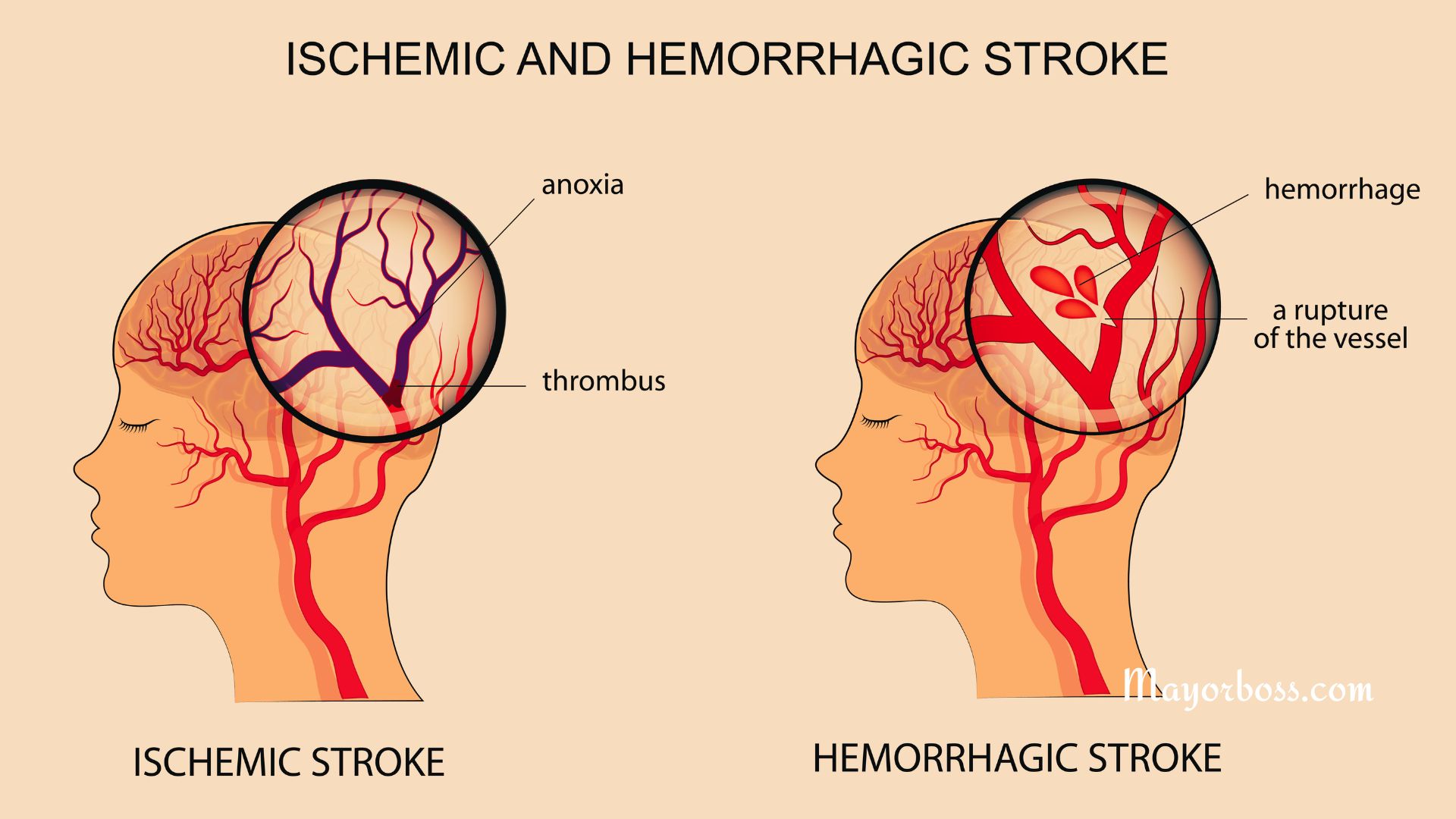Blood Clots (in the Leg)
A Brief on Blood Clots
Blood clots, scientifically known as thrombosis, are an essential part of the healing process when you have an injury. However, when these clots form without any injury, they can create significant complications. As your family doctor, I, Natalia Hapych, want to equip you with critical information about blood clots, specifically focusing on those that develop in the leg, also known as deep vein thrombosis (DVT).
Deep Vein Thrombosis Explained
Deep Vein Thrombosis is the medical term for a blood clot that forms in a vein deep within your body, often in your leg. The clots form when blood thickens and clumps together. These clots can limit or entirely block blood flow, leading to severe health issues, including pulmonary embolism – a life-threatening condition where the clot breaks off and travels to the lungs.
What Causes DVT?
Like many other health conditions, DVT has certain triggers. These include:
- Prolonged inactivity: This can be due to bed rest, long travels, or hospitalization.
- Surgery or injury: These can increase the chances of your blood thickening.
- Certain medications: Hormonal therapy or birth control can heighten your risk.
- Smoking: This unhealthy habit also contributes to the likelihood of DVT.
- Genetic disorders: These may affect how your blood clots.
Remember, even though these are common triggers, DVT can occur without any apparent reason.
Symptoms of Blood Clots (in the Leg)
I always tell my patients, “It’s better to be safe than sorry.” Therefore, it’s important to know the symptoms of DVT so that you can seek help early on. The signs can vary, but common ones include:
- Swelling in the affected leg
- Pain or tenderness in the leg
- Red or discolored skin on your leg
- A sensation of warmth in the affected leg
You might also experience severe complications if the clot dislodges and moves to your lungs, causing a pulmonary embolism. The symptoms of a pulmonary embolism can include:
- Shortness of breath
- Feeling lightheaded or dizzy, or fainting
- Rapid pulse
- Coughing up blood
- Chest pain or discomfort that worsens when you cough or take a deep breath
Diagnosing Deep Vein Thrombosis
As a family doctor, when a patient presents with symptoms of DVT, the first step is to undertake a detailed history and physical examination. This helps me evaluate the likelihood of DVT. If I suspect DVT, I’ll recommend further diagnostic tests, such as ultrasound, blood tests, or in some cases, venography or CT scans.
Treating DVT
Treatment for DVT aims to prevent the clot from growing, to stop it from breaking off and causing a pulmonary embolism, and to reduce the chance of DVT happening again. Treatment options include:
- Blood thinners: These medications decrease the blood’s ability to clot.
- Clot busters: These drugs, also known as thrombolytics, can be used if you have a more serious type of DVT or PE.
- Filters: In some cases, if you can’t take medicines to thin your blood, a filter might be inserted into the primary vein in your abdomen to stop clots that break loose in leg veins from lodging in the lungs.
- Compression stockings: To prevent swelling associated with DVT.
Preventing DVT
I, Natalia Hapych, strongly believe in the phrase “prevention is better than cure.” To reduce your risk of developing DVT:
- Exercise regularly: This keeps your blood circulation efficient.
- Stay hydrated: This can help to prevent your blood from thickening.
- Move: If you’re on a long trip or bedridden, try to move as much as you can. Even minor leg movements can help circulate the blood.
- Don’t smoke: As mentioned before, smoking increases your risk of DVT.
Further Reading: 4 Warning Signs of a Blood Clot In Your Leg






